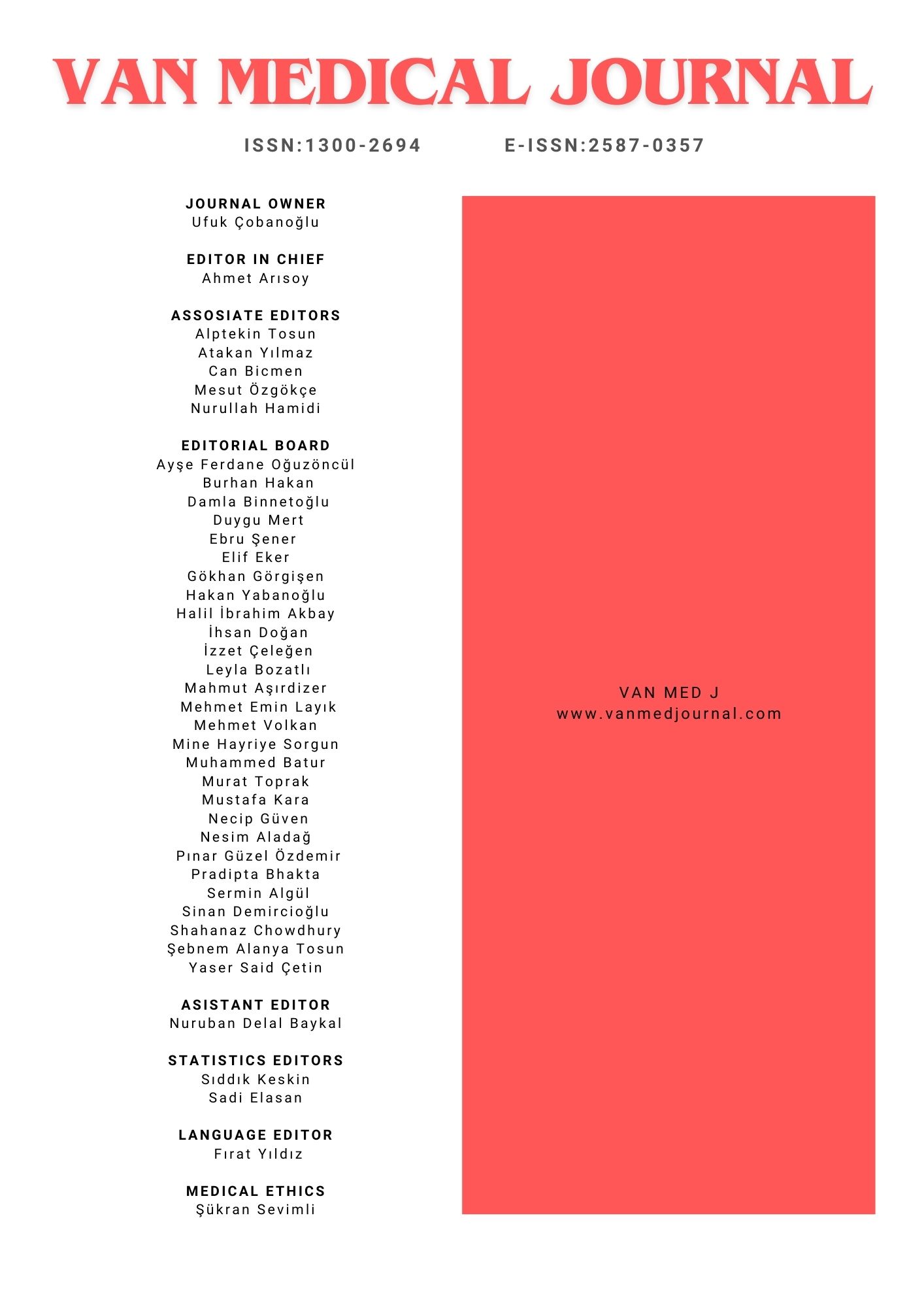Association Between Nasal Septal Deformity Types and Maxillary Sinus Retention Cysts
Volkan Güngör1, Alptekin Tosun2, Furkan Gündoğdu1, Yonca Çoluk1, Serhat Yaslikaya1, Devrim Bektas11Giresun University Faculty of Medicine, Department of Otorhinolaryngology Head and Neck Surgery, Giresun, Turkey2Health Sciences University, Trabzon Faculty of Medicine, Department of Radiology, Trabzon, Türkiye
INTRODUCTION: In this study, the relationship between maxillary sinus retention cysts (RCMs) and nasal septum deviation types was evaluated. In addition, their association with osteomeatal unit obstructions, conchal structural variations, and the presence of an accessory ostium was evaluated using paranasal sinus computed tomography (PNsCT).
METHODS: A total of 439 patients were included in the study, 399 of whom underwent septoplasty, and 40 underwent rhinoplasty without septum pathology (control group). Paranasal CT scans were retrospectively analyzed for the presence of RCMs, osteomeatal complex obstruction, conchal pathologies, and accessory ostium. Statistical analyses included Fisher's exact test, Chi-square test, logistic regression analysis, and McNemar's test. P-values less than 0.05 were considered statistically significant.
RESULTS: The prevalence of RCMs was significantly higher in the septoplasty group (29.3%) compared to the control group (5.0%). A significant correlation was found between the type of septal deviation and RCM formation, with in deviations at the level of the middle turbinate showing the highest prevalence (49.1%). Additionally, a strong association was observed between osteomeatal complex obstruction and RCM presence (p = 0.008), as well as between the side of deviation and the side of the cyst (p < 0.001). Females were significantly more likely to develop RCMs than males (p = 0.006). No significant relationships were identified between retention cysts and accessory ostium (p = 0.700) or conchal pathology (p = 0.183).
DISCUSSION AND CONCLUSION: Septal deviation may be associated with RCMs formation. This relationship is especially evident in deformities close to the middle turbinate.
Manuscript Language: English

